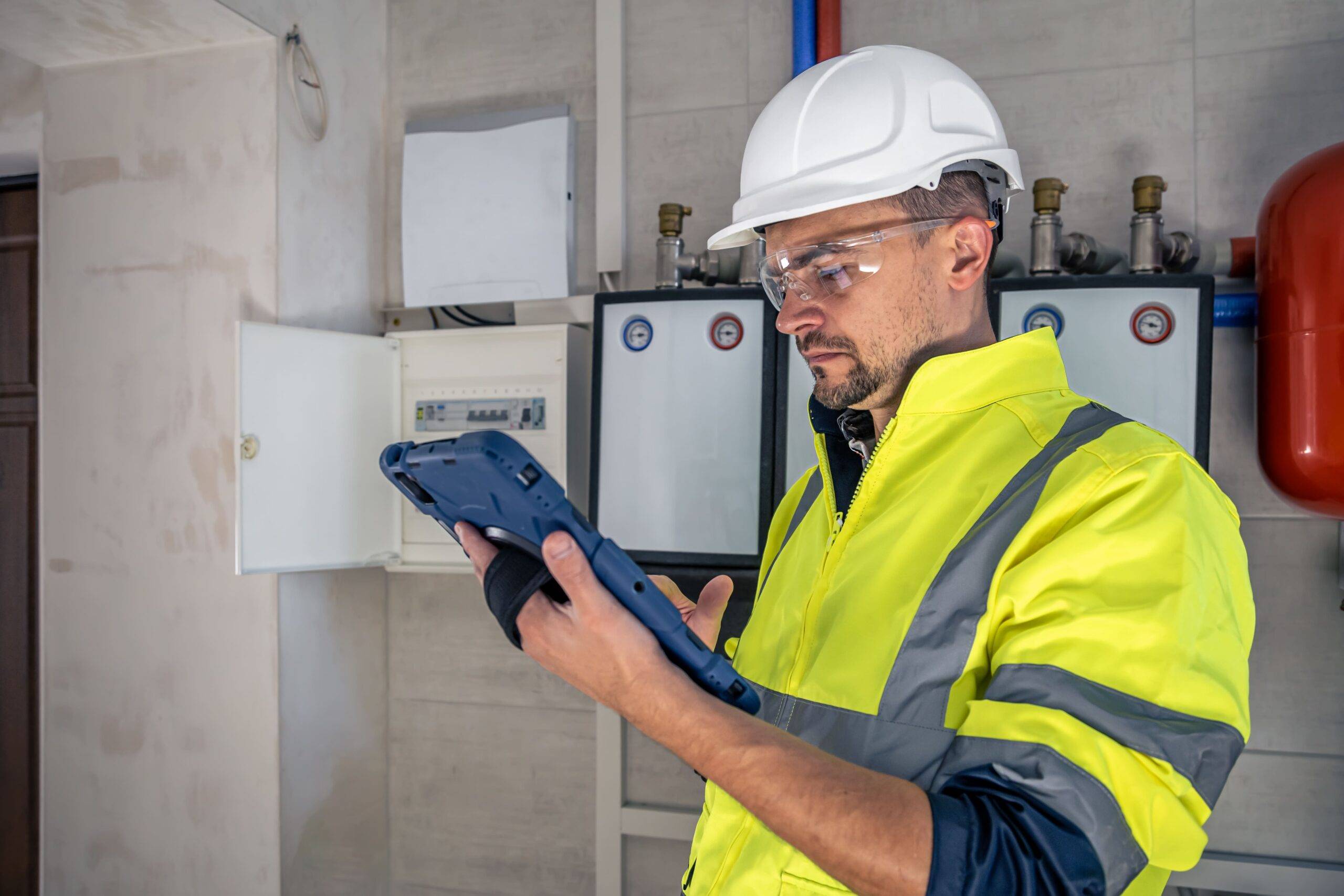Create an HVAC Preventive Maintenance Checklist for Your Business
Your business HVAC system affects indoor air quality, productivity, and ultimately your financial line in addition to comfort. An efficient HVAC system is a must-have, whether it’s for warmth in the milder winters or as a cool haven in the humid summers. But a lot of companies ignore their HVAC system, only hiring a specialist when a significant malfunction happens. A damaged environment, unplanned downtime, and expensive repairs are all possible outcomes of this reactive approach.
The answer? A comprehensive checklist for HVAC preventive maintenance. The best thing you can do for your business property is to put a proactive maintenance plan into action. It’s about preventing those dreaded “left in cold” situations, increasing equipment life, and optimizing performance.
Why Proactive HVAC Maintenance is Non-Negotiable for Businesses
Before we dive into the checklist, let’s reiterate why this matters:
- Cost Savings: Minor problems are detected via preventative maintenance before they develop into significant, costly malfunctions. Additionally, it guarantees optimal system performance, significantly lowering your energy usage.
- Extended Equipment Lifespan: By keeping parts in good functioning condition, routine maintenance helps to postpone the need for expensive system replacements.
- Better Indoor Air Quality (IAQ): Clean coils and filters translate into cleaner air, which is essential for worker productivity and health, particularly considering urban contaminants. Comfort is improved and sick days are decreased with good IAQ.
- Increased Comfort & Productivity: Higher customer satisfaction and employee morale are strongly correlated with a consistently comfortable workplace. Nobody wants to work or shop in a place that is too hot or chilly.
- Reliability & Uptime: Reduce unplanned malfunctions that interfere with customer service, business operations, and possible income.
Building Your Commercial HVAC Preventive Maintenance Checklist
This checklist needs to be dynamic, tailored to your specific HVAC systems, building size, and operational needs. While a qualified HVAC professional is best for execution, understanding these components empowers you to effectively oversee the process for your business.
I. Daily/Weekly Checks:
- Thermostat Settings: Check that the temperatures and schedules set are suitable for the occupancy and weather conditions at the moment.
- Strange Sounds or Odors: Pay attention to any new humming, hammering, screeching, or grinding sounds. Check for strange chemical smells, moldy smells, or burning smells. Report right away.
- Airflow: Quickly verify if the supply vents are producing a lot of air.
- Visible Leaks: Look for indications of moisture or water leaks near interior units, condensate lines, and any accessible ducting.
- Clearances for Outdoor Units: Make sure there are no obstacles that could hinder airflow, such as leaves or trash, near the outdoor condenser unit.
II. Monthly Checks:
- Filter Inspection/Replacement: Check filters monthly and replace them if they appear dirty or clogged. In dusty and often humid conditions, more frequent changes (e.g., every 2-4 weeks during peak use) might be necessary.
- Condensate Drain Line: Visually inspect the drain pan for standing water and the drain line for clogs or blockages. Clear small blockages carefully if trained.
III. Quarterly/Bi-Annual Professional Maintenance:
This level of maintenance requires a certified HVAC technician. Schedule this at least twice a year – ideally before the peak cooling season and before the milder heating season.
- Comprehensive Filter Replacement: Professional-grade filter replacement.
- Coil Cleaning (Evaporator & Condenser): Clean evaporator coils thoroughly to ensure efficient heat transfer and prevent mold growth. Clean dirt, dust, and debris. Dirty condenser coils severely hamper efficiency.
- Condensate Drain Line Flush: Chemically flush and clear the drain line to prevent blockages, overflows, and potential water damage.
- Refrigerant Level Check: Verify proper refrigerant levels. Low refrigerant indicates a leak, which drastically reduces cooling efficiency and increases energy consumption.
- Electrical Connections & Components: Inspect and tighten all electrical connections. Check voltage and current draw on motors and ensure contactors and relays function correctly.
- Lubrication: Lubricate all moving parts (motors, bearings) to minimize friction and wear, extending component lifespan.
- Thermostat Calibration & Programming: Ensure the thermostat is accurate and programming is optimized for your business hours, maximizing energy efficiency.
- Ductwork and blower Inspection: Check accessible ductwork for leaks, disconnections, or damaged insulation. Seal any leaks found to prevent air conditioning loss. Inspect and clean the blower motor and fan blades for optimal airflow and efficiency.
- Safety Controls Check: Test all safety mechanisms to confirm they are functioning correctly, ensuring safe operation.
- Operational Test: Run the entire system through a full cycle, checking temperature differentials, airflow, and overall performance.
- Detailed Report: Receive a comprehensive report detailing findings, all tasks completed, and any recommended repairs or future considerations for your system.
By proactively implementing an HVAC preventive maintenance checklist, you’ll ensure your commercial property remains comfortable, efficient, and reliable, safeguarding your investment and supporting your operations year-round

